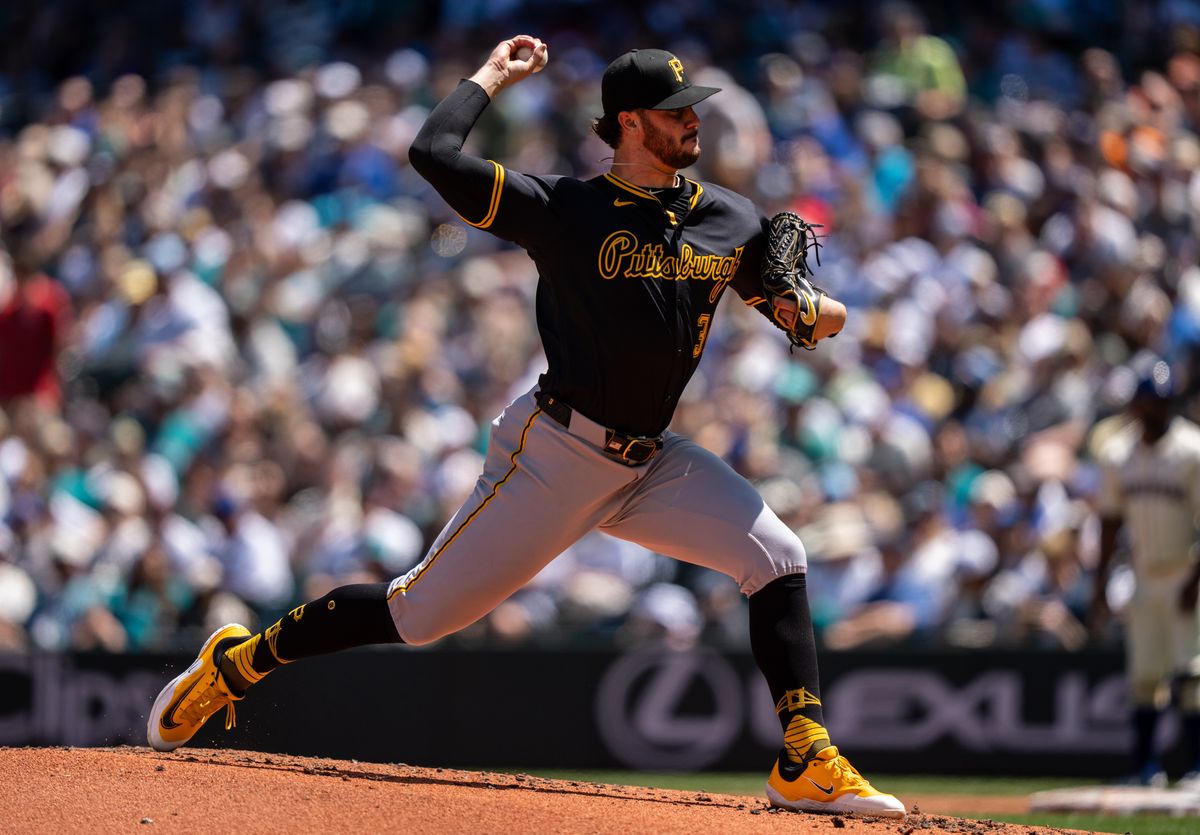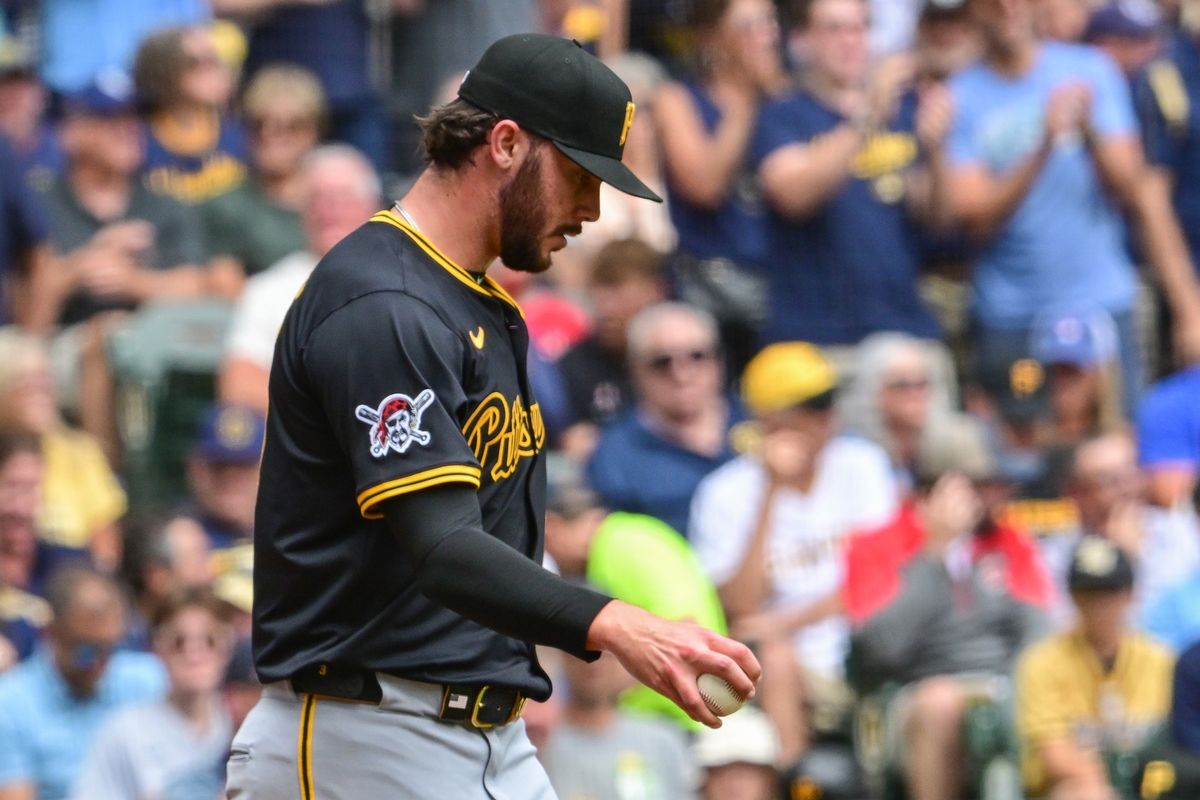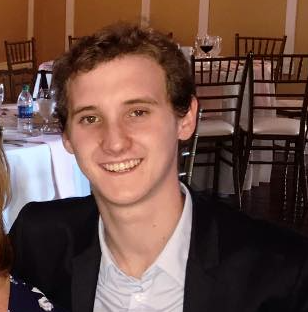
You know that feeling when extraordinary talent meets organizational dysfunction? Pittsburgh holds perhaps baseball’s most electric pitching prospect in Paul Skenes—a 6’6″ flamethrower whose command makes scouts swoon. This franchise has cradled potential aces like priceless Ming vases on rickety tables during earthquakes. Understanding these developmental shortcomings now could prevent Skenes from joining Pittsburgh’s lengthy catalog of what-might-have-beens.
10. Unorthodox Methods: The Kramer Chronicles

Kevin Kramer‘s bizarre journey reads like a rejected screenplay for a baseball comedy, where early morning beach sessions and overnight canoe trips somehow replaced the focused skill development that professional prospects desperately need. Making matters worse, coaches actively undermined his confidence rather than building it up.
Such misguided training methods highlight fundamental misunderstandings of professional development—team-building activities simply cannot substitute for the technical instruction that transforms prospects into major leaguers.
9. Breaking the Cycle: Skenes’ Burden

History warns of the Gerrit Cole precedent—another top prospect who reached stardom only after escaping Pittsburgh’s gravitational pull, making it clear that breaking this destructive cycle requires fundamental changes extending far beyond any individual player’s talent or determination. You’re watching a young pitcher who sees his role extending beyond personal achievement to complete organizational transformation.
Perhaps Skenes represents the catalyst needed to finally build sustainable success, though that transformation depends entirely on whether the franchise can learn from its extensive history of developmental failures.
8. The Price of Failure: How Skenes Arrived

Extraordinary promise meets stark organizational reality in Pittsburgh’s first overall selection, which they earned through the most reliable method in sports: losing consistently and spectacularly. Four playoff appearances across three decades created the opportunity to draft a generational talent like Skenes.
You’re witnessing the ultimate irony—where sustained mediocrity gets rewarded with a pitcher who possesses the very talent needed to potentially end that mediocrity.
7. International Blind Spots: Missing Global Opportunities

Limited international scouting creates significant competitive disadvantages in today’s increasingly global game, with the organization’s track record showing few meaningful international signings since Starling Marte back in 2007. Meanwhile, competitors actively mine Latin America, Asia, and other regions for emerging stars, leaving Pittsburgh to compete with one arm tied behind their back.
Addressing this critical deficiency could transform their talent pipeline depth and provide the organizational foundation necessary to support stars like Skenes.
6. A Franchise at the Crossroads

Decades of struggle define this organization’s relationship with elite talent, leaving Skenes to carry not just his aspirations but the weight of a franchise desperate for redemption. You’ve watched this story unfold before—promising arms entering a system that consistently fails to maximize their potential.
The competitive fire that burns white-hot in young pitchers often dims under Pittsburgh’s notorious developmental approach, creating another chapter in their ongoing saga of unfulfilled promise.
5. Decision-Making Exposed: The Archer Disaster

Trading Tyler Glasnow, Austin Meadows, and Shane Baz for Chris Archer represents organizational malpractice at its most glaring, especially considering this “win-now” move came from a team that wasn’t remotely prepared to compete for anything meaningful. The transaction collapsed spectacularly as Archer struggled in Pittsburgh while the departed prospects thrived elsewhere.
Your franchise had sacrificed crucial long-term assets without any realistic evaluation of its competitive window, creating both clubhouse discord and deeper organizational disappointment.
4. McCutchen’s Second Act: Nostalgia Over Progress

Bringing back Andrew McCutchen certainly warmed hearts throughout western Pennsylvania, though this sentimental move also revealed the organization’s reluctance to make substantive investments in prime-career talent. Rather than pursuing impact free agents who might meaningfully alter their competitive trajectory, management instead assembled a supporting cast of role players around their developing core.
You’re witnessing baseball’s equivalent of ordering the second-cheapest wine—not embarrassingly frugal, but certainly far from the ambitious approach that championship contenders embrace.
3. Development Disasters: The Pipeline Problem

Former Pirates consistently reach their ceiling only after departing for other organizations, with Cole’s transformation from promising arm to Cy Young-caliber ace immediately upon joining Houston serving as the most glaring example. Charlie Morton followed a similar path, blossoming into a postseason hero elsewhere.
This disturbing pattern raises fundamental questions about developmental philosophy—something essential appears to be missing in the crucial gap between identifying talent and maximizing it.
2. The Glasnow Case Study: Missed Opportunities

Tampa Bay unlocked Glasnow’s potential through modern approaches that Pittsburgh lacked, transforming his struggles from a 5.79 ERA across three seasons into excellence as a frontline starter. Your organization’s outdated methodologies stood in stark contrast to the data-driven techniques that revolutionized his delivery, pitch selection, and mental approach.
This dramatic metamorphosis demonstrates how organizational philosophy directly impacts player outcomes, raising troubling questions about what might have been with proper guidance.
1. Systemic Issues: The Development Disconnect

Coaching turnover continues while division cellar-dwelling becomes routine, creating an environment where even individual talents like Bryan Reynolds and Oneil Cruz struggle to reach their full potential within the broader organizational framework. The fact that aging McCutchen remains crucial at 37 only highlights the glaring failure to develop adequate replacements over the years.
These troubling patterns suggest fundamental organizational flaws that extend far beyond any individual player’s shortcomings or personal limitations.





